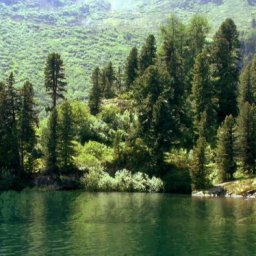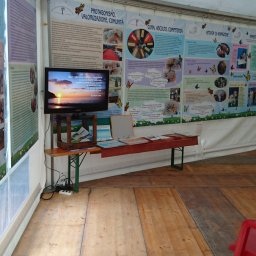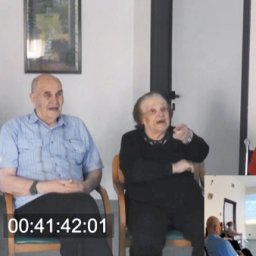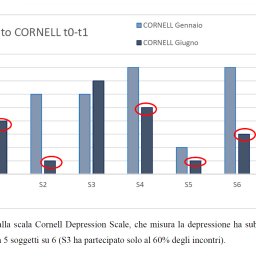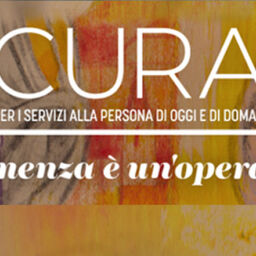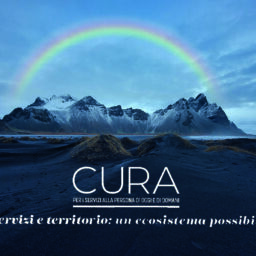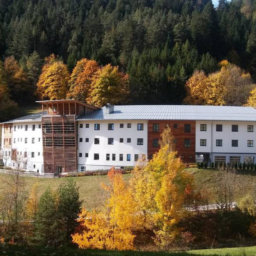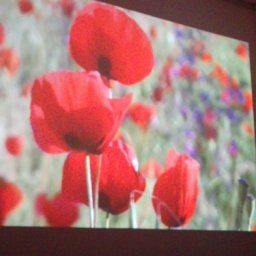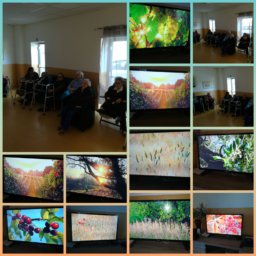CREATIVITY, EMOTIONAL EXPRESSION, SOFT GYMNASTICS, MULTICULTURAL INTEGRATION
By Enrica Pontin, dementia social educator at LTC Villa Serena, Solagna (VI), Italy

We carry out the Experience Nature programme in 3 weekly appointments with different groups of residents and always in combination with a dementia social educator/physiotherapist. We started more than a year ago, after the training held in Solagna, in our facility.
Each time we vary the type of activity according to the video we choose and the type of residents involved.
Solagna belongs to the Comunità Montana del Grappa (Grappa region Mountain District), and the most popular videos are those of the mountains, precisely because of their geographical affiliation and the memories and lives to which they are most attached.
In a small room dedicated to the residents who are more compromised, we let the various videos run without specific interventions, letting them benefit from the moment of relaxation and visual and auditory stimulation. We notice that some of them manage to get caught up in the moment, responding with a calmer and more concentrated attitude.
Generally, however, we prefer the gymnasium space, as it is the most intimate and largest space to work in.
In the first phase I propose a moment of breathing and preparing the body’s posture, seeking a welcoming and immersion-oriented attitude.
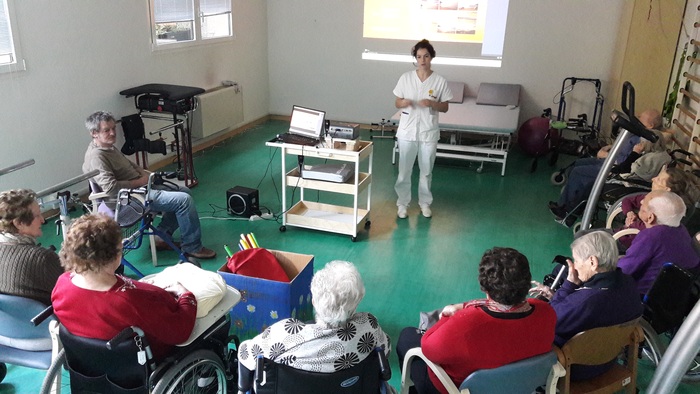
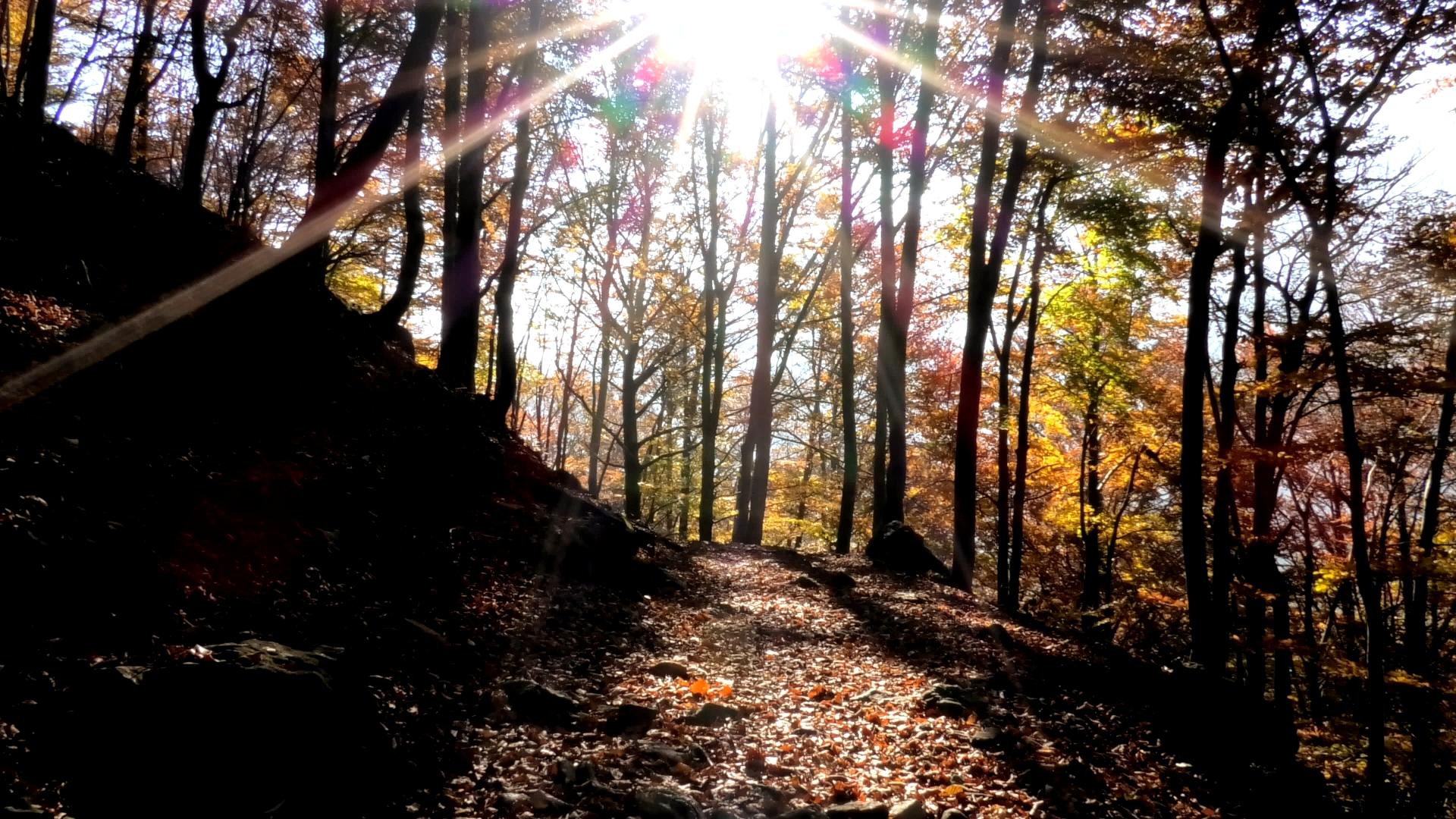
Right from the start, I noticed that the experience of breathing facilitated participation and a concentration in the moment; over time, the elderly assimilated it as a mode of relaxation and catharsis, which allows me to use it also in other individual situations situations of stress, agitation, anger, impatience of the residents in everyday life.
Following this, the physiotherapist proposes an activity of gentle gymnastics and muscular awakening, the movements many times being combined with the nature visualised: if the woods are projected, we make them imagine that we are on that pathway walking; if it is a video of the sea, that we are on the beach, or swimming.
Once the motor activity is over, I continue again by combining a creative, sensory or stimulation workshop.
Some examples: we made edelweiss from the image in the video; we painted some vegetable garden plants and a piece of soil with work tools (hoe, rake) and ‘planted’ them; we painted a tree trunk and each person with colour left their fingerprints like leaves and worked on the sense of community.
Creative storytelling and reminiscences also get a good response: we often ask for their contribution through cognitive stimulation, starting with spelling out words, or by choosing a colour and asking them what to match it with.
This gave rise to the idea of an iconographic dictionary that we are creating by choosing an element each time (e.g. water or blueberry) and each one enriching it according to their own vision. We are doing this in dual language as we have our own elderly Albanian woman, so we favour her learning and a multicultural experience through these experiences.
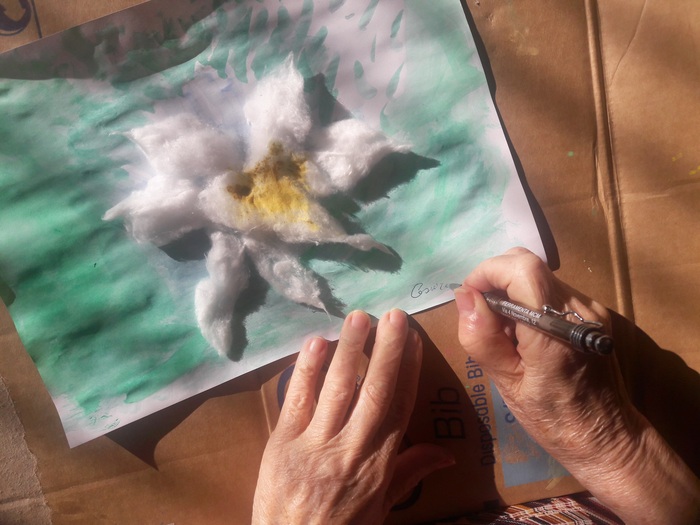

On other occasions we collected stones in Brenta and painted them with a scene from the videos that had struck them; we built paper boats where we then inserted our heart’s desires and put them into the “sea” of life; we combined an expressive workshop in which with face, hand or voice gestures they had to represent an emotion (joy, anger, crying, fear, surprise, etc.).
They became so attuned to the experience that by now it becomes almost spontaneous for them to set themselves up in listening and synergy with the activity to respond actively and enthusiastically. We vary so much that it is not easy for me to describe it all but surely magical, complicit moments of true detachment from their problems are generated.
Often moments of sharing open up about reminiscences, tales of their experiences or memories, many even with emotion and sighs manage to make us understand the inner depth that these videos allow us to reach; from there very often I hook up with cognitive stimulation and historical-geographical recovery.
The groups we include consist of about 12 to 15 people, and we rotate them around 30 to 35 different people during the week.
With the most severely affected we instead devote a specific time in a small group (of 5-6 people) combined with hand massages, or light movements of the limbs, with essential oils and sensory stimulation, noting unexpected reactions and pleasure, and has allowed us to develop a multi-sensory workshop with 1 fixed weekly appointment.
On some occasions, we have also opened the doors to family members and volunteers, as well as OSS (Social and health workers), so that they can share the experience and emotions, but above all perceive the value of these activities and get to know their loved ones or residents in a more in-depth and different way from the daily routine they usually approach.
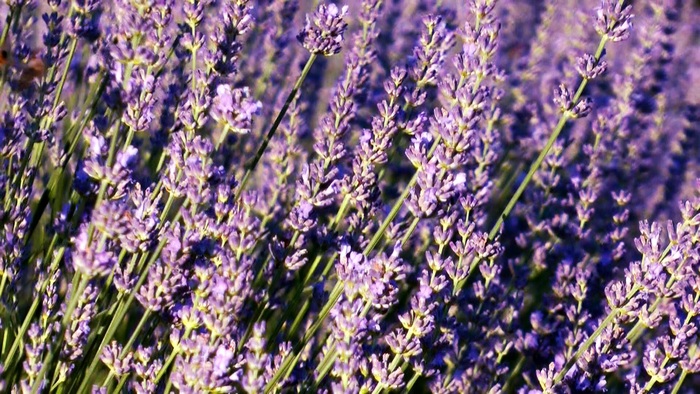
Without a doubt, Cristina Fino’s Experience Nature project has been a revelation and we can witness the benefits it offers, it is a multifaceted tool that if well combined with creativity, free expression and interpretation according to the context in which it is proposed opens up the field to innovative and holistic work, paying close attention to our elderly, as well as fostering collaboration between professionals and allowing an interaction of skills.
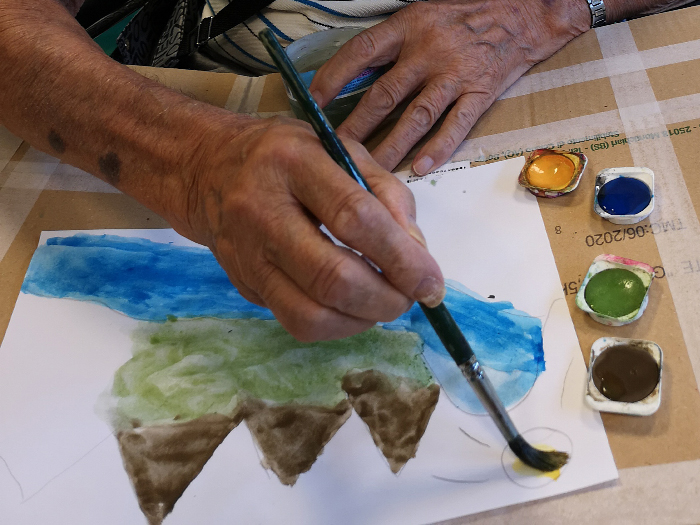
Enrica Pontin, dementia social educator at LTC Villa Serena, Solagna (VI), Italy.


